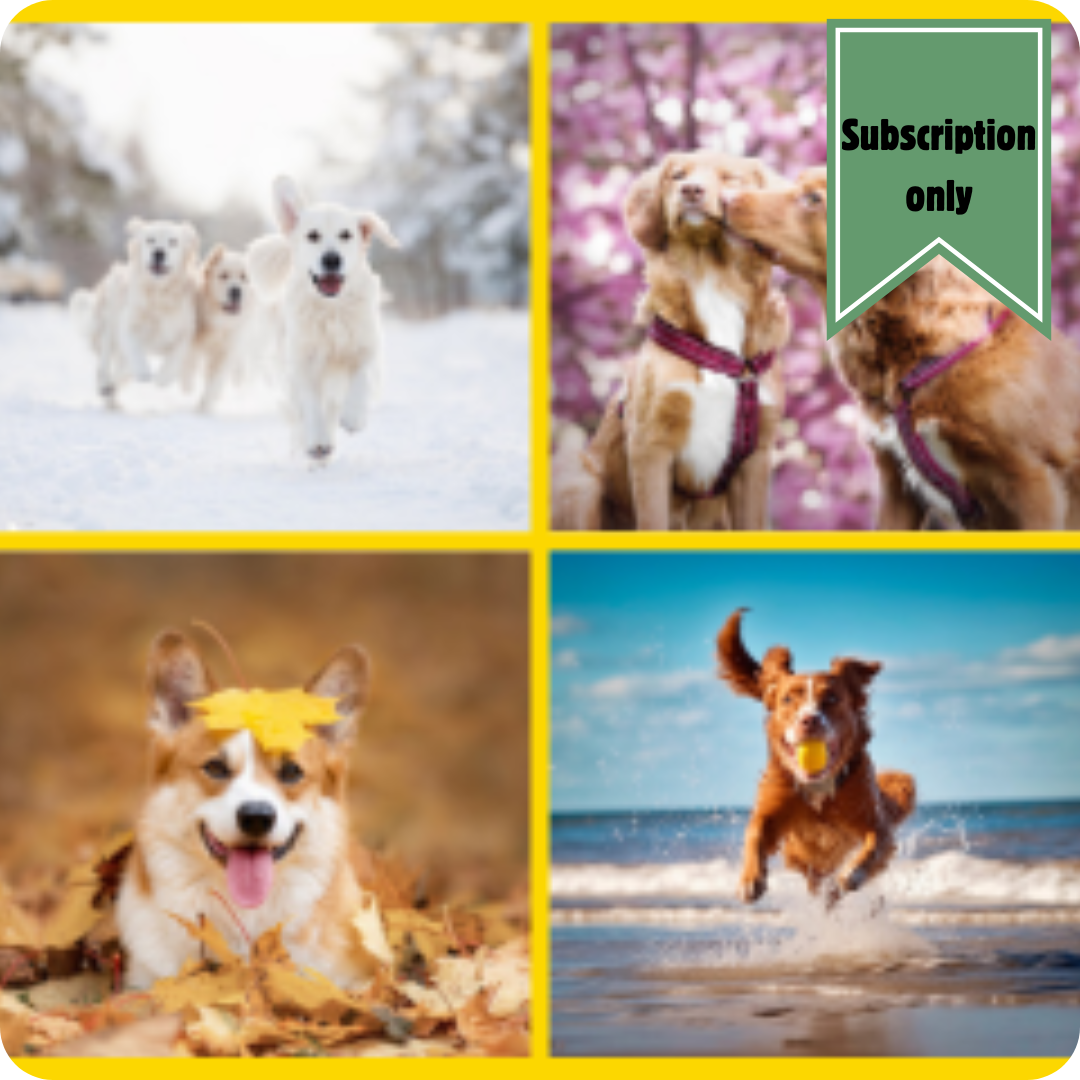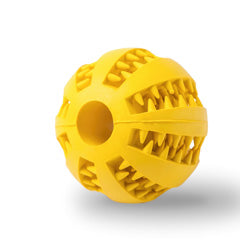I’ve been fostering dogs for over 20 years, helping countless pups and raising multiple litters along the way. Raising puppies is pure joy! There’s nothing quite like the sweet smell of puppy breath, watching them learn to play, and snuggling up with them on the couch for cozy TV time. Puppies bring such heartwarming energy, and it’s amazing to see them discover the world.
But—puppies are also a TON of work. With everything new to them, they get into just about everything, from chewing on shoes to “sampling” homework and, of course, leaving little bathroom accidents everywhere. Potty training is one of the bigger challenges. While some issues are solved easily, training a puppy where to go can be tricky and requires patience.
In this blog, we’ll share when to start potty training, tried-and-true tips from years of experience, and debunk a few common myths that aren’t as practical as they sound. Let’s jump in!
When to Start Potty Training
Before diving into potty training steps, it’s important to know when a puppy is developmentally ready. While some people adopt puppies as early as 6 to 8 weeks, it’s ideal to begin consistent potty training around 12 weeks when most puppies have better bladder control. However, this timeline can vary based on breed and the individual pup’s life experiences.
Key Puppy Potty Training Steps
-
Establish a Routine
- Regular Feeding Schedule: Feed your puppy at the same times each day to regulate bathroom needs.
- Frequent Potty Breaks: Take them out every 1-2 hours, especially after meals, naps, and playtime.
- Designate a Potty Spot: Use the same spot each time to build an association with going potty.
- Supervise Indoors
- Watch for Signals: Signs like sniffing, circling, or whining indicate they may need to go.
- Use a Leash or Crate: Keep your puppy close or use a crate to prevent accidents.
- Positive Reinforcement
- Praise and Reward: After they go outside, praise them enthusiastically and offer a treat to reinforce the behavior.
- Avoid Punishment for Accidents: Clean up accidents calmly; scolding can confuse and scare them.
- Use Crate Training
- Select the Right Size Crate: It should be big enough for them to stand and turn around but not large enough to potty on one side and sleep on the other.
- Increase Time Gradually: Puppies prefer not to soil their sleeping area, so gradually build up crate time.
- Create Nighttime Routines
- Limit Water Before Bed: Reduce water intake a few hours before bedtime.
- Take Midnight Breaks: Young puppies often need a middle-of-the-night potty break. Keep it low-key to signal it’s still nighttime—this is not playtime.
- Clean Accidents Thoroughly
- Use Enzymatic Cleaners: These remove lingering scents, preventing your puppy from revisiting the same spot.
- Consistency and Patience: Accidents are part of the process! With patience, puppies gradually understand the routine.
Daily Potty Training Example in Our Household
Here’s what potty training looks like with our four current foster puppies:
- Wake-Up Routine:
- 7 AM - Open the pen, treats in hand, and say, “Let’s go potty outside!” Be ready to run out immediately.
- Reward Success: Stay close, praising any pup who goes potty with “Good puppy!” and give a treat.
- Once everyone has gone to the restroom, I take the puppies to a designated area and serve breakfast.
- Meal and Potty Routine:
- After breakfast, we repeat the routine within 20-30 minutes.
- Post-meal is free time, where they can run, play, and explore.
- Nap Time and Lunch:
- After a few hours of napping, it’s time to start the whole potty training process over again. Put your running shoes on, head out the door, serve lunch, and then allow more playtime.
- Dinner Time:
- I aim to feed them dinner by 6-7PM.
- After they eat, we repeat the potty routine. I let them play, cuddle on the couch, explore parts of the house, and go outside.
- Bedtime:
- Have bedtime at the same time each day. Personally, I put the puppies to bed by 9PM. This is a personal decision, so choose a time that works best for you.
Essential Reminders and Tips
- Use Keywords: Simple phrases like “Go potty” or “Good job!” reinforce behavior.
- Routine Matters: Keep regular sleep and wake times, and use the same sleep space for familiarity.
- Reward Good Behavior: If they potty outside, reward and praise immediately. If you catch them mid-accident, calmly lead them outside.
- Pee Pads are Optional: To be honest I'm not really a fan of Pee Pads. However, they definitely can be helpful. Just keep in mind that you will want to remove the pee pads once your dog is properly potty trained. Use personal preference on this one.
- Use the Same Door: If you have multiple doors that lead to your back yard make sure you use the same door when potty training. This will help your dog and prevent confusion.
- Use Training Tools: Teach your puppy to notify you if they have to use the restroom. My boy Riley knew how to ring a bell and that made potty training a lot easier.
- Setbacks- Change in weather, anxiety, a new environment, change in food, medication, brain development, lack of supervision and illness are some of the things that may cause setbacks with potty training. Remember patients and understanding are key.
Realistic Expectations
Quick-fix ads promising “potty trained in three days” are, unfortunately, unrealistic. Every dog learns at their own pace, and puppies need time to develop control. It's also important to remember that more than likely your fur baby will have accidents from time to time. There will be set backs, your job is to acknowledge the setback and adjust it accordingly. Do not give up on your dog. Love your dog(s) and help them move forward. It's the least we can do.
While this blog focuses on puppies, the same techniques work for adult dogs—just remember to be consistent, offer plenty of patients, praise, grace, and, above all, LOVE
With time and consistency, you’ll help your puppy become a pro at potty training in no time.🐾❤️














